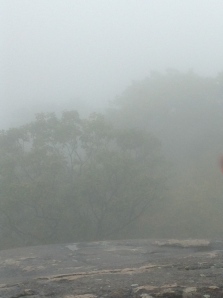Walking and running are solitary by design.
Walk out the door. Keep walking, alone with your thoughts. Continue running to the sound of breathing and footfalls on grass or dirt trails.
Rhythmic.
Quiet.
But last evening I experienced ‘crunch time’. I heard every step even as I looked ahead in the beam of my headlamp to see the leaf covered ground and occasional twigs. My path lead me through patches of oaks and maples, 40, 50, maybe 60 years old. Serrated leaves dried, curled, fragile, carpeted the ground beneath my feet. And while I did not always see them I heard them. This short trail run was a feast for the senses:
visual (shadowy outlines on the ground in the light beam tunneling though the dark);
tactile (sensing the change in the feel of the ground, now covered with leaves);
auditory (hearing crunches, crackles, snaps, as the soles of my shoes pulverized these leaves once green than brightly colored and now shades of brown).
For the hill walker, trail walker and hiker, ‘hearing’ the trail is a rite of Autumn no less than observing the leaves’ quietly change from monochrome to their festive polychrome array.
See it. Feel it on the ground.
And hear it as you walk and run.

